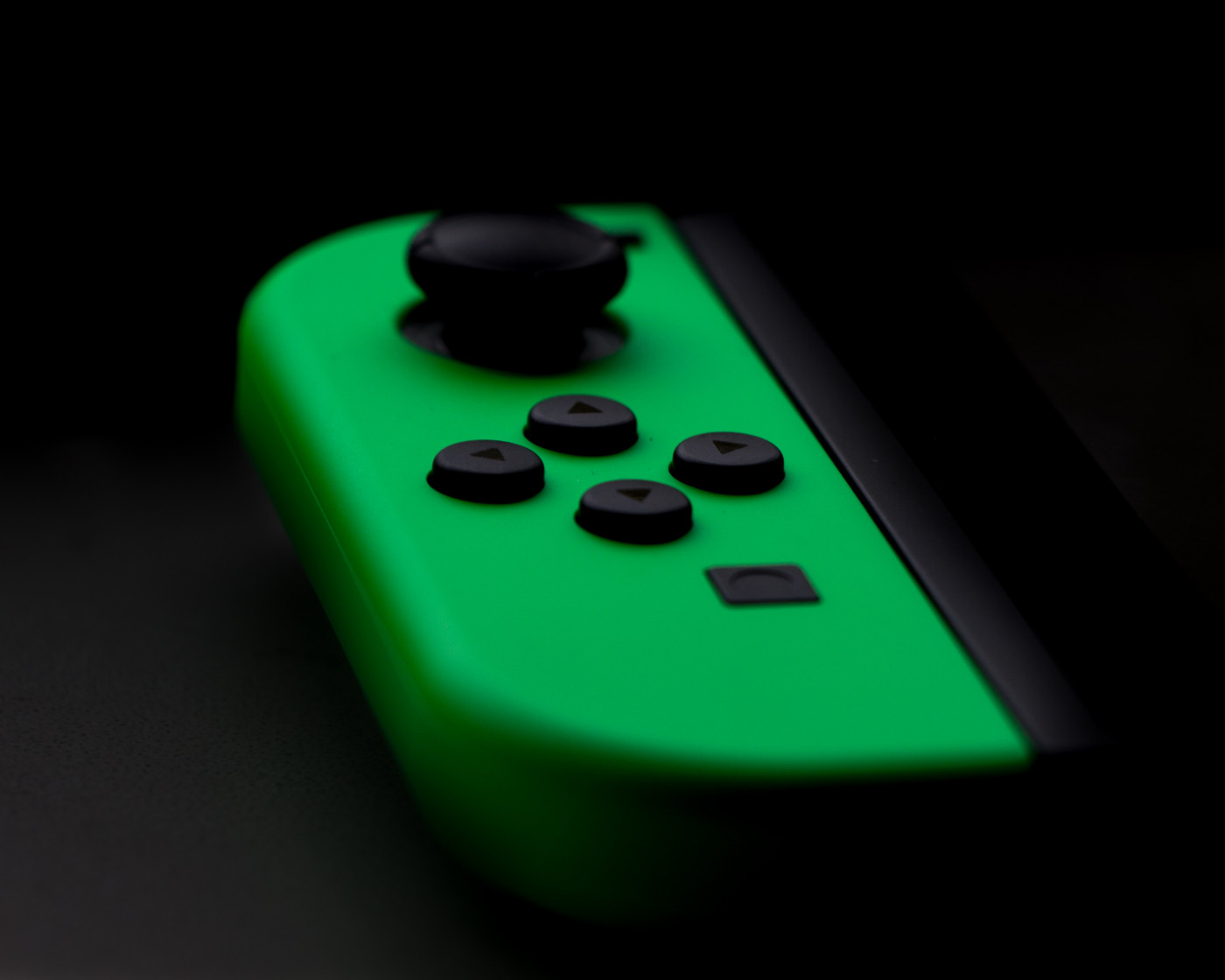Training on Wii Console Increases Grip Strength, Improves Hand Function in CP Kids, Study Finds

Playing games on a Nintendo Wii console plus standard care may improve grip strength and hand function and decrease muscle stiffness in children with hemiplegic cerebral palsy, researchers suggest.
Their study, “Effect of Wii training on hand function in children with hemiplegic cerebral palsy,” was published in the journal Physiotherapy Theory and Practice.
Hemiplegia — the paralysis of one side of the body, primarily affecting the upper limbs, including the hands — affects 20-30% of people with cerebral palsy.
The use of the hand in hemiplegic cerebral palsy children is impaired, but early intervention can slow or halt the loss of hand function.
Playing video games has been shown to carry therapeutic benefits for a wide range of clinical syndromes, including cerebral palsy.
A previous study has shown that playing video games improved visual-perceptual processing, balance, and mobility in a child with a form of cerebral palsy known as spastic diplegia, with symptoms such as an especially high and constant “tightness” or “stiffness” of the muscles of the lower extremities of the body.
Although there has been only one randomized trial of video games, which found that six weeks of Wii training plus usual care did not improve coordination or hand function in children with hemiplegic cerebral palsy, there was a trend toward increased grip strength and caregivers found that children used their hands more than standard care only after the Wii study.
Researchers from Cairo University in Egypt hypothesized that “this result may have been due to the insufficient dose of training.”
They investigated whether 12 weeks of Wii training could decrease spasticity — muscle stiffness — and improve grip strength and hand function in children with hemiplegic cerebral palsy.
Forty children with hemiplegic cerebral palsy, ages 8 to 12, were randomized to one of two groups: those who received Wii training consisting of four games played for 40 minutes a day, three times a week on top of their standard care; and those who received their standard care alone (control group).
Outcomes were measured at baseline, before the study’s start, and at 12 weeks after the trial by one therapist who was not aware of the children’s group allocation.
The Wii gaming system uses a remote system that the child can hold in their hand and transfers its movements to the screen.
Three outcomes were analyzed: spasticity, grip, and hand function.
Spasticity (measured using the modified Ashworth scale) decreased by 0.4 in the Wii gaming group compared to the control group — 1.6 vs. 2 in the control group – after 12 weeks.
Power grip strength increased by 3.5 pounds and pinch grip strength increased by 2.6 pounds compared to controls at the end of treatment.
Hand function, assessed by the Peabody developmental motor scales (0 to 52), also improved by 6 points relative to the control group.
“This randomized controlled trial found that children with hemiplegic CP who carried out 12 weeks of upper-limb Wii training plus usual care experienced a decrease in spasticity and an increase in grip strength and hand function compared with usual care alone,” researchers wrote.
“The findings are more positive than the other randomized trial of Wii training for the upper limb. One possible explanation was that the dose was twice [as long] in our trial,” they added. “Importantly, even with a longer duration, the compliance was almost perfect, suggesting that the Wii games provide motivation.”


